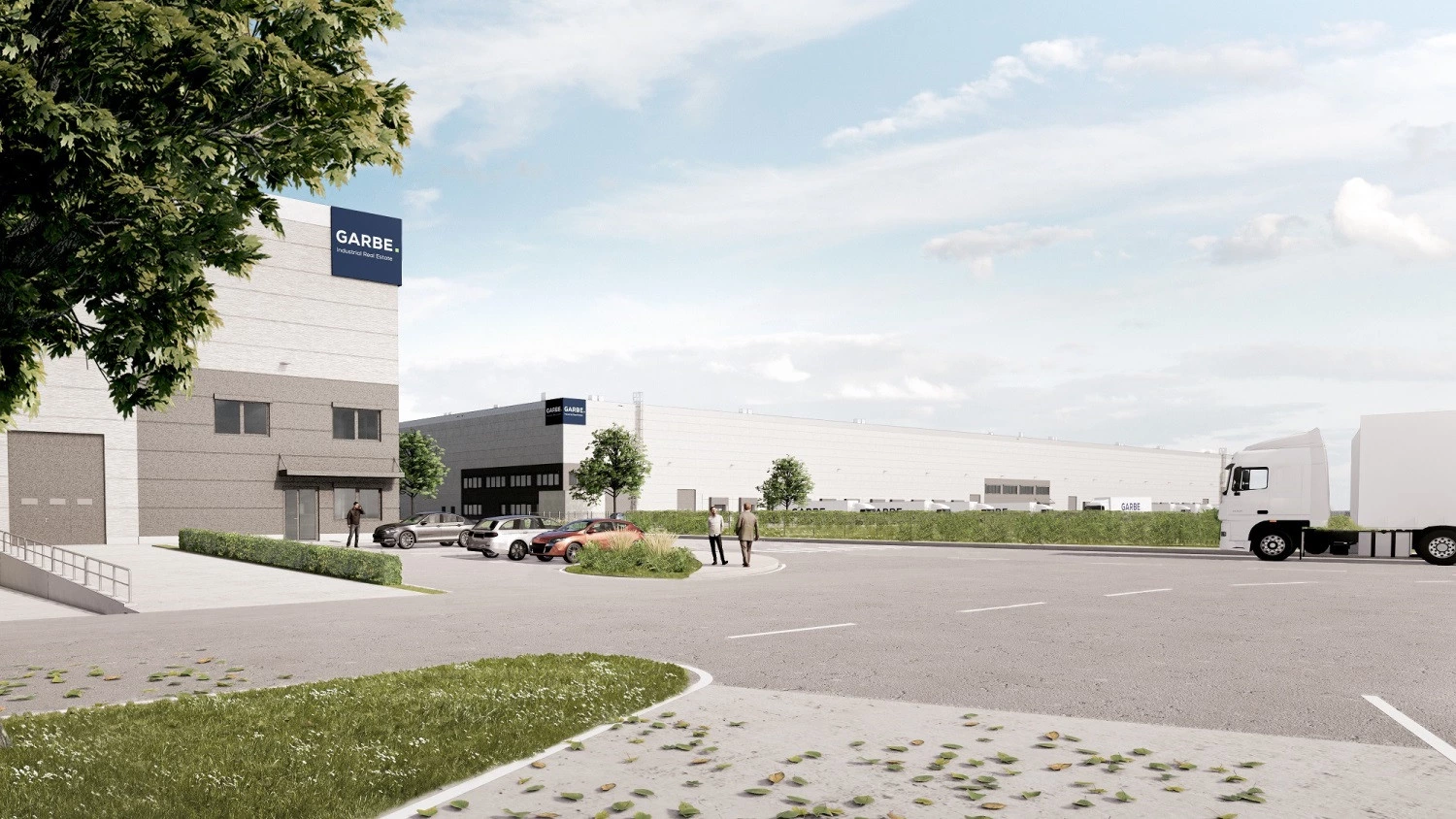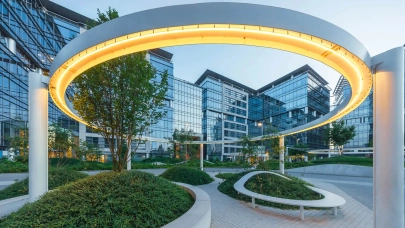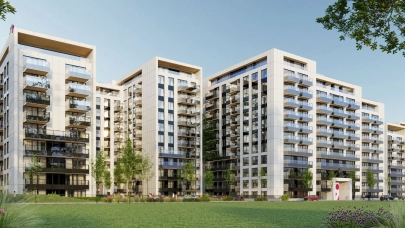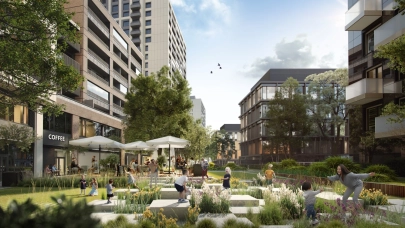
Demand for logistics real estate is not slowing in Europe, driving significant upward price growth. This development is further fuelled by increased construction and financing costs in the new-build segment. Overall, 70% of the examined European markets registered substantial growth since the end of the second half of 2021, whereas 30% saw no change in rent levels. The remarkable thing is that no region reported negative rental growth. These are some of the findings Garbe Research presented in its latest Garbe Pyramid Map, the 2022 mid-year update of the company’s yield and rent map for the 122 most important logistics real estate submarkets in 23 European countries.
- 70% of the European and 90% of the German logistics real estate have experienced rent price rallies since the end of the second half of 2021
- Despite strong investment demand, the yield compression is stalled, and European prime markets are actually seeing a trend reversal
- Demand for space maintains a constant high level despite the crises, with in-, re- and near-shoring generating added potential
Especially Manchester (€0.8/sqm/month), Newcastle (€0.7/sqm/month), London-Heathrow, Cologne and Prague (€0.6/sqm/month each) reported a particularly brisk rental uplift during the first half of 2022. “Since the end of the second half of 2021, rents in the examined 122 European logistics regions increased by an average of €0.2/sqm,” said Tobias Kassner, Head of Research and member of the Management Board at Garbe.
According to Garbe, demand for logistics facilities remains as high as ever. The bread-and-butter business alone has generated strong demand for space, but it is further fuelled by additional potential from the trends toward in-shoring (relocating business sites because of adverse parameters in the home country), re-shoring (repatriation of the company from an emerging economy back to the country of origin) and near-shoring (relocating the business operation into a neighbouring country) by e-commerce and by expanded warehousing.
The keen demand is also reflected in a very lively transaction activity on the national and European levels. But even the logistics real estate market was impacted by the shifts in political and economic parameters such as inflation, disrupted supply chains, intensified risk assessments and high financing costs.
For the first time since the first edition of Garbe Pyramid was published (second half year of 2020), some markets have seen their prime net initial yields soften. Around 22% of the examined European markets have recorded rising yields since the end of the second half of 2021. Decompression was noted above all in leading European markets like London (0.6%), Birmingham and London-Heathrow (both 0.3%). These are markets that had already achieved a very high price level. Conversely, yields remained stable in 34% of the European markets, while yield compression continued in 44% of the markets prior to the outbreak of war in Ukraine. This was true specifically for markets like Geneva (-1.0%), Piacenza (-0.9%), Verona and Turin (-0.7%).
Jan Dietrich Hempel, Managing Director of Garbe Industrial Real Estate, analysed the changed market situation: “Globalisation itself is under scrutiny now. Supply chain changes caused by the war in Ukraine and by the zero-COVID policy in China has forced the company to search for ways to move production close to their point of sales and to build up inventory levels in order to remain competitive.” And Hempel added: “The shrinking supply of space is now generating demand for secondary and tertiary cities. On the whole, however, it is quite obvious that the logistics real estate market continues to follow a very robust trend and remains attractive for investors across Europe.”
Outlook
As far as future development goes, it is now reasonable to assume that the average European prime rent will probably keep going up by another €0.1/sqm/month before the end of 2022. In fact, a further growth by €0.2/sqm/month by the end of 2023 is entirely possible. As a result, the average rent rate could approximate €6.30/sqm/month by the second half of 2023.
The current market situation is subject to such strong fluctuations that it does not lend itself to the derivation of verifiable forecasts of future prime net initial yields at the moment. Principally speaking, we expect the economic situation to ease in early 2023.



